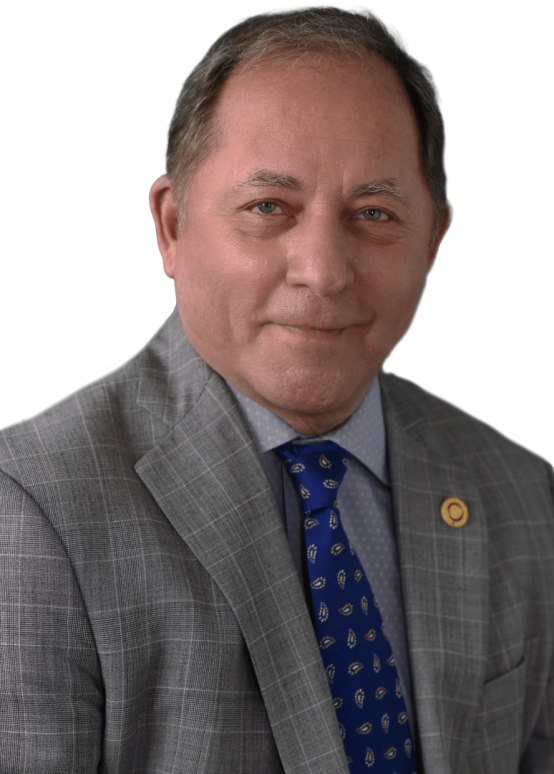Western New York’s Priorities Take Center Stage as Budget Deadline Approaches
A Legislative Column by Assemblyman Steve Hawley (R,I,C-Batavia)
More than a week into the month of March, the signs of spring are all around us. From St. Patrick’s Day parades to the return of baseball and, with a little luck, the year’s first glimpse of green grass, we are constantly reminded that spring has sprung. Here in Western New York, spring means the dawn of a new day and the chance for a fresh start. The same can be said about Albany this time of year, as budget debates heat up with the April 1 deadline approaching. Unfortunately, for the last several years, those debates have only resulted in out-of-touch politicians committing the same mistakes. This year, however, there is hope that April showers will finally wash away the business-as-usual culture in the Capitol and bring about the substantial reforms that Western New York families, businesses, and taxpayers deserve.
As work on the state’s spending plan becomes more contentious, one can view our current task in two ways. First, the Legislature and the governor must be committed to making the difficult decisions that have been avoided for years and created a $10 billion deficit. There are a litany of different systematic problems that have bankrupted New York’s coffers and driven the state into financial ruin. Overregulation and overtaxation have driven job creators to neighboring states with more business-friendly environments. Fraud and abuse within the Medicaid system waste approximately $5 billion tax dollars every year. Duplicative state agencies and unnecessary bureaucracies add to the size and cost of state government. When you break it down, there is one overarching problem that lies at the root of the state’s ills: overspending. New York spends more money than we have. We increase taxes and borrow money to support an unsustainable and unending appetite for spending. A budget that will put us back on the road to financial recovery will reduce spending, not only for the current fiscal year, but for years to come.
Second, fairness and a sense of balance must govern our budget deliberations. Budget cuts must be made with a scalpel rather than a chainsaw. The fiscal fat in state government must be carefully and precisely trimmed, ensuring that there is no collateral damage to areas that we must protect. As a representative for Western New York, this is not only one of the most difficult tasks that I am charged with, but also one of the most gratifying. As a member of the Ways and Means committee, I am proud to be this community’s voice at the budget table, fighting for our needs and our way of life. This year, there are several issues that are vital to the health of the Western New York economy and community that I am advocating for, all the while making sure that our region is not asked to shoulder an undue share of the burden. A particular area of concern is the formula used to determine school-aid cuts. Currently, the system in place takes a disproportionate amount of Western New York’s share of funding, favoring larger downstate districts, in particular, New York City schools. Truly, the school-aid formula represents one of the largest disconnects in state government, which involves taking from our proud, rural communities in order to maintain astronomical spending levels elsewhere. I would be the last to insinuate that budget cuts should not be made across the board. My assertion is that these cuts must be felt equally in all corners of New York, and decisions must be made with consideration for the unique, individual needs that arise from differences in geography and lifestyles.
I hope that the people of our community will approach the change in seasons as I am approaching the upcoming budget deadline, taking the wisdom we have gained through our past to mold a brighter future in Western New York. Just as we can count on April showers bringing May flowers, you can rest assured that I will be the loudest voice at the budget table, speaking not for myself, but for the families and businesses of Western New York.
